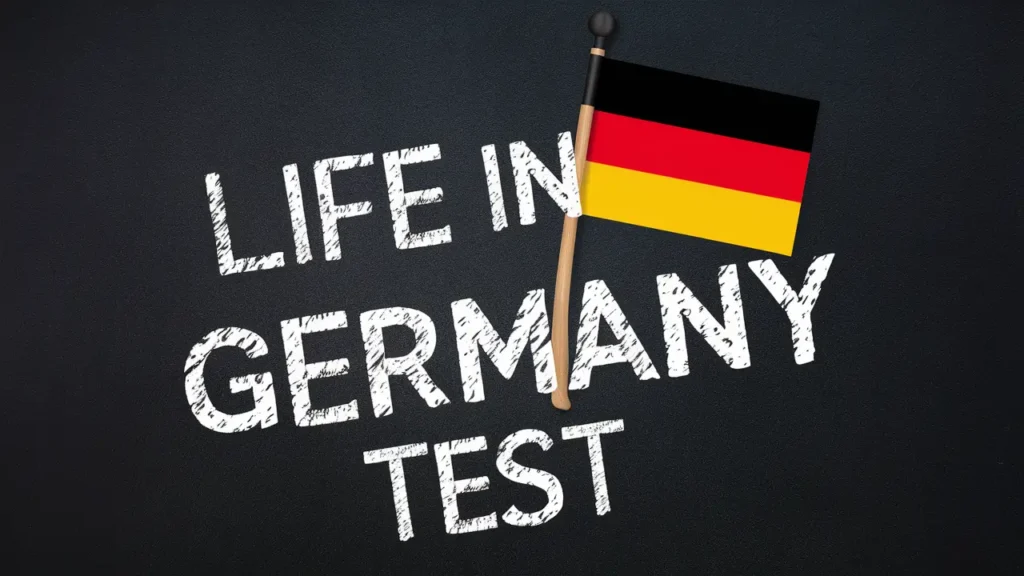In an era of global migration, Germany stands at the forefront of evolving citizenship landscapes. Recent Citizenship Acquisition in Germany statistics paint a fascinating picture of who’s becoming German and why. Let’s dive into the numbers and uncover the stories behind them.
The Big Picture: A Surge in New Germans
In the latest reporting period, Germany welcomed 200,095 new citizens. This impressive figure below represents people from diverse backgrounds who now call Germany their official home. But what’s truly intriguing is how these numbers break down across different nationalities and regions.
| Citizenship/Region | Naturalization |
|---|---|
| Total | 200,095 |
| Europe | 58,165 |
| EU–European Union | 31,310 |
| Bulgaria | 2,315 |
| Greece | 2,585 |
| Italy | 4,000 |
| Poland | 5,440 |
| Romania | 7,575 |
| Other Europe | 26,855 |
| Kosovo | 2,740 |
| Russian Federation | 1,995 |
| Serbia | 1,420 |
| Turkey | 10,735 |
| Ukraine | 5,910 |
| United Kingdom | 1,310 |
| Africa | 13,235 |
| Morocco | 2,520 |
| America | 6,305 |
| Asia | 117,145 |
| Afghanistan | 6,520 |
| India | 3,405 |
| Iraq | 10,710 |
| Iran | 6,420 |
| Syria | 75,485 |
| Australia and Oceania | 100 |
| Stateless, unsettled or unknown | 5,150 |
Asia Takes the Lead
When it comes to sheer numbers, Asia dominates the naturalization scene. A whopping 117,145 Asian immigrants became German citizens, accounting for over half of all naturalisations in Germany. This trend reflects Germany’s increasing attractiveness to Asian professionals and students, as well as its humanitarian commitments.
The Syrian Phenomenon
Hold onto your lederhosen, because this statistic will blow you away: Syrian immigrants show an astounding 330.64% naturalisation in Germany rate among those residing in Germany for 10+ years. Yes, you read that right – over 300%!
This unprecedented figure likely stems from a combination of factors:
- Germany’s open-door policy during the Syrian refugee crisis
- Successful integration programs
- A strong desire among Syrian immigrants to secure their future in Germany
Other Notable Trends
While Syria grabs the headlines, other countries also show significant naturalization rates:
- Iran: 23.17%
- Iraq: 22.50%
- Afghanistan: 18.47%
These high rates among Middle Eastern countries underscore Germany’s role as a safe haven for those fleeing conflict and seeking new opportunities.
Europe: A Different Story
Interestingly, European immigrants, including those from EU countries, show much lower naturalization rates. The overall rate for Europe stands at just 1.28%, with EU citizens at 1.36%. This could be because EU citizens already enjoy many rights in Germany without needing citizenship.
The Brexit Effect?
In a surprising twist, UK citizens show one of the lowest naturalization rates at 0.54%. This could change in the post-Brexit landscape as Britons seek to maintain their EU rights through German citizenship.
Naturalization in Germany : What These Numbers Tell Us
These naturalization trends offer valuable insights into Germany’s evolving identity:
- Germany is increasingly diverse, with strong representation from Middle Eastern and Asian communities.
- Humanitarian policies have a significant impact on citizenship demographics.
- EU freedom of movement might be reducing the incentive for European immigrants to naturalize.
Looking Ahead
As Germany continues to navigate its role in global migration, these naturalisation trends will likely shape policy discussions, integration efforts, and the very fabric of German society.
You might be interested in the new German Citizenship Law 2024, or the German Einbürgerungstest
Source: destatis.de




